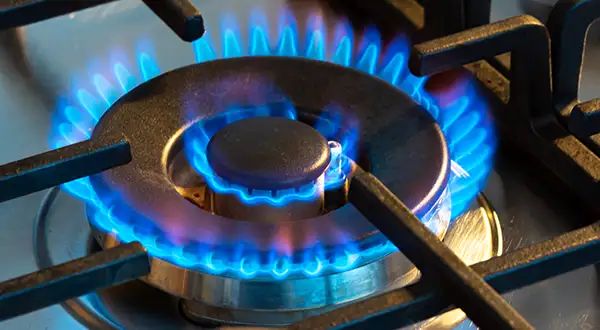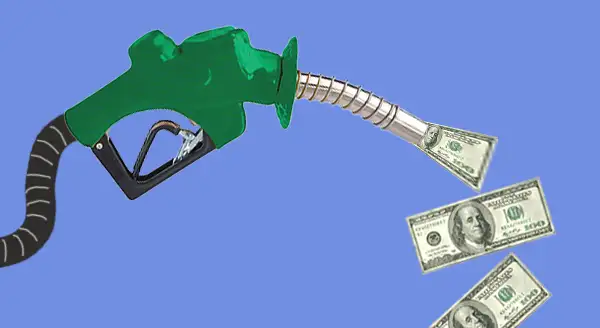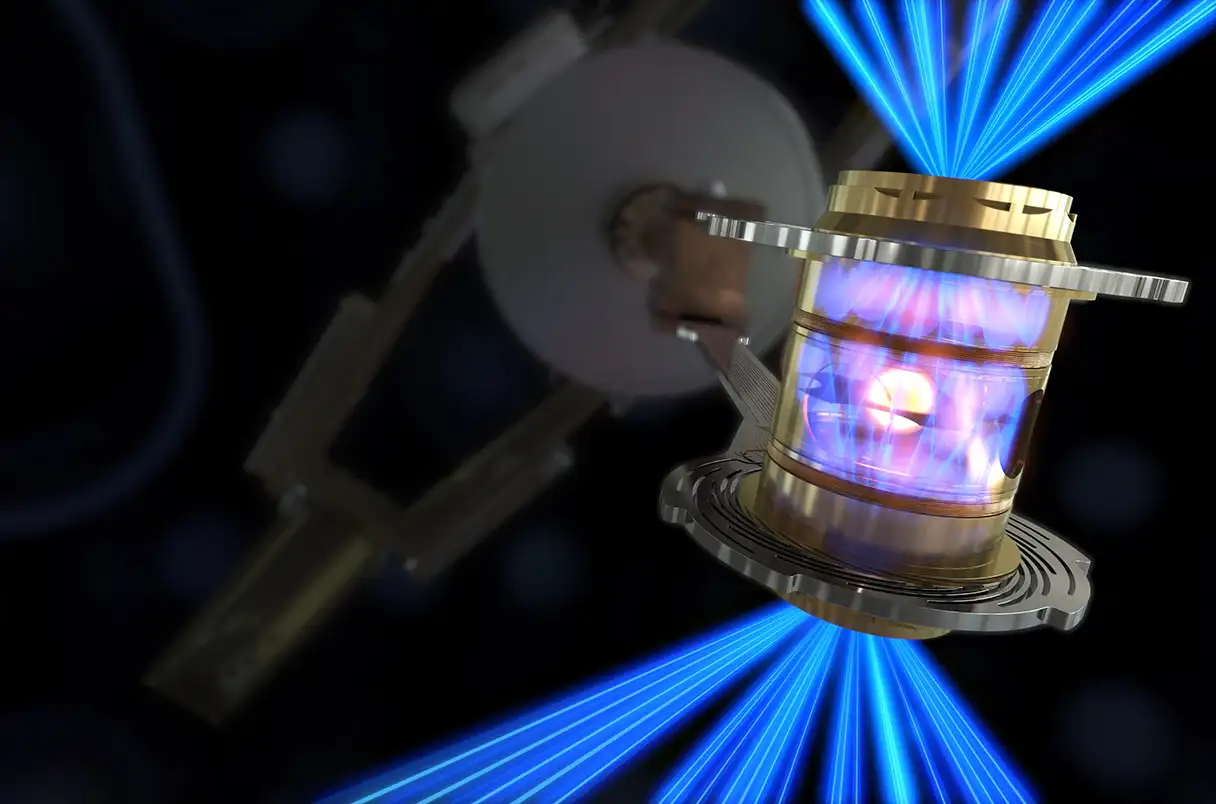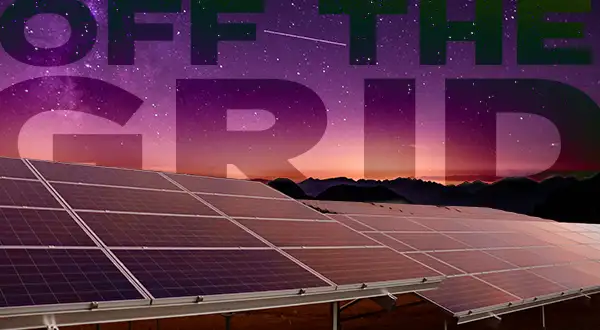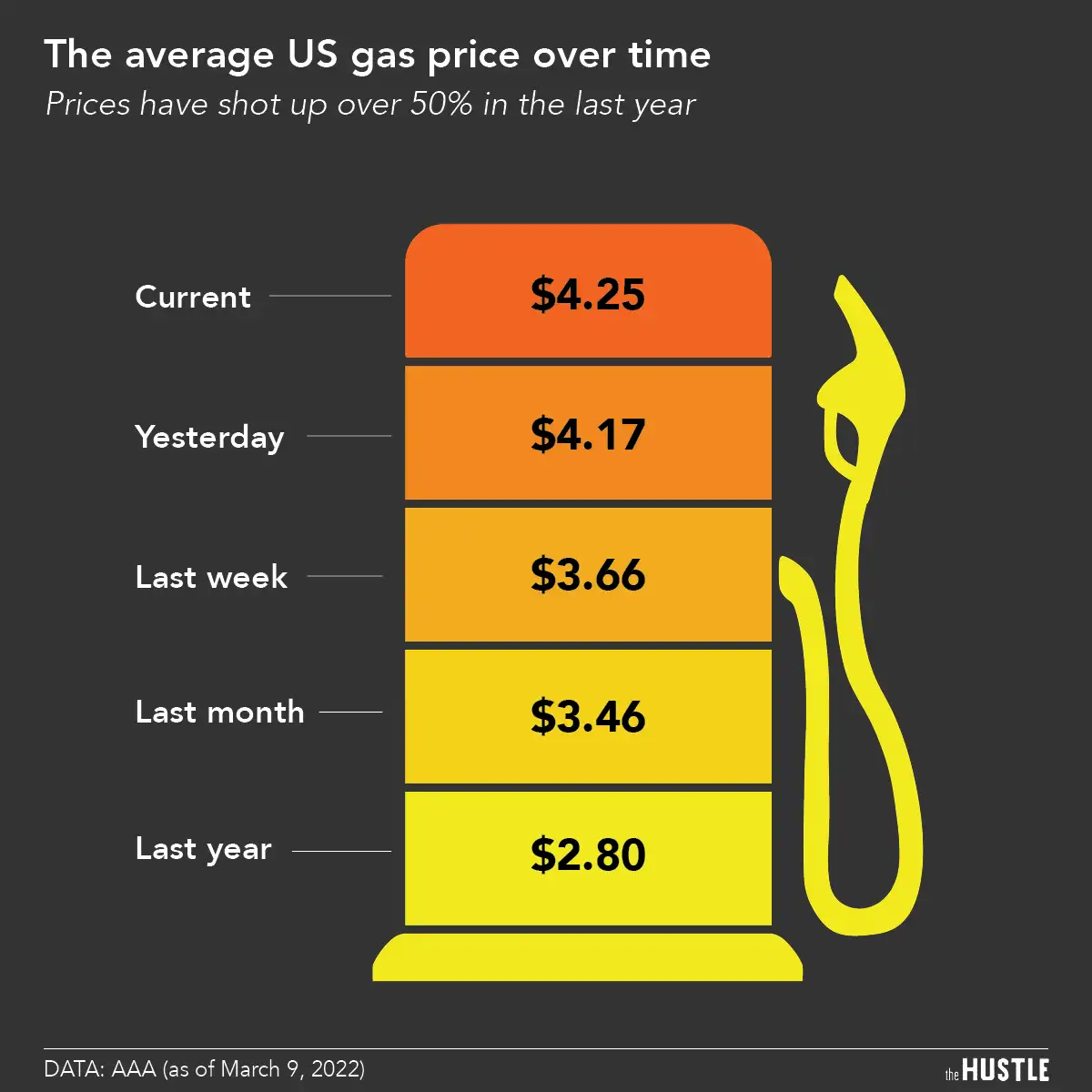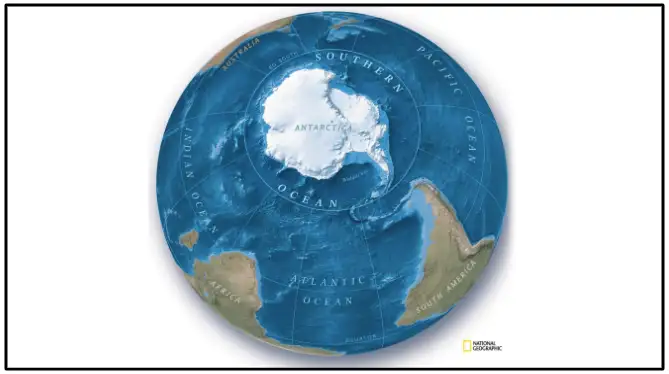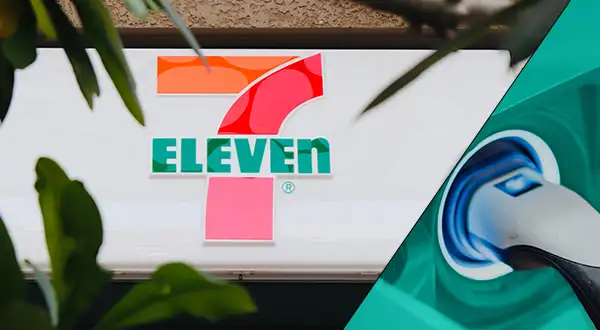When it comes to clean and abundant energy, nuclear fusion tops many people’s wish list.
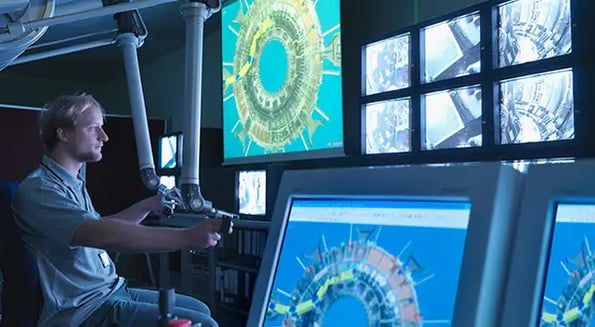
The science hasn’t been cracked yet, though, and the running joke is that nuclear fusion has been 30 years away for 50 years.
Things may soon change: Helion Energy just raised $500m to bring the fusion technology to market, per CNBC.
How does nuclear fusion work?
The existing nuclear industry is built on fission, where an atom is split into 2 smaller atoms and energy is released.
Conversely, fusion creates energy by smashing 2 smaller atoms into a larger one. (There’s one salient example of this type of energy creation: It’s called the sun.)
According to CNBC, Helion will use the funding to build a nuclear facility in Washington state that can “demonstrate net electricity production by 2024.”
Nuclear fusion has a number of advantages…
… according to ITER, an international nuclear fusion research:
- Abundant: Fusion can produce 4x as much energy as nuclear fission
- Sustainable: Fusion fuels are available and renewable (e.g., deuterium can be distilled from water)
- No CO2: Fusion doesn’t emit carbon dioxide or other greenhouse gases
- Limited risk of proliferation: Fusion doesn’t require uranium or plutonium, which are needed for fission reactors (and have the dual-use case of nuclear weapons)
- No meltdown risk: The fuel used at any time to operate a fusion reactor isn’t enough for a runaway chain reaction
How is Helion different from previous fusion efforts?
The startup’s CEO David Kirtley says its approach applies advances in electronics, fiber optics, and computers not used in older reactors. The result: smaller systems that are easier to iterate on.
One big believer: Sam Altman — the former president of startup incubator YC and co-founder of OpenAI — personally put $350m into the funding round.
If it works, we can finally put the “30 years away for 50 years” joke to rest.

